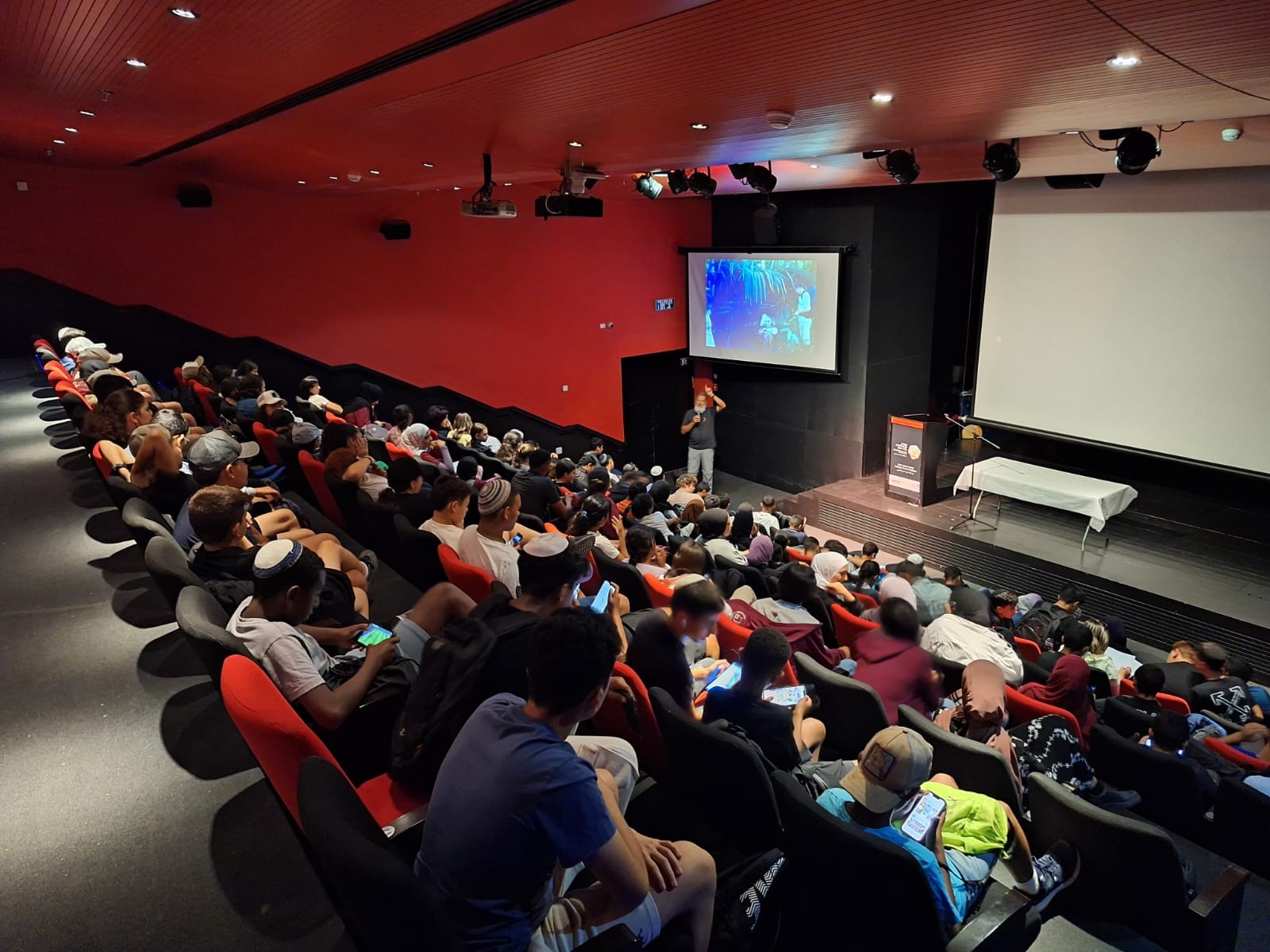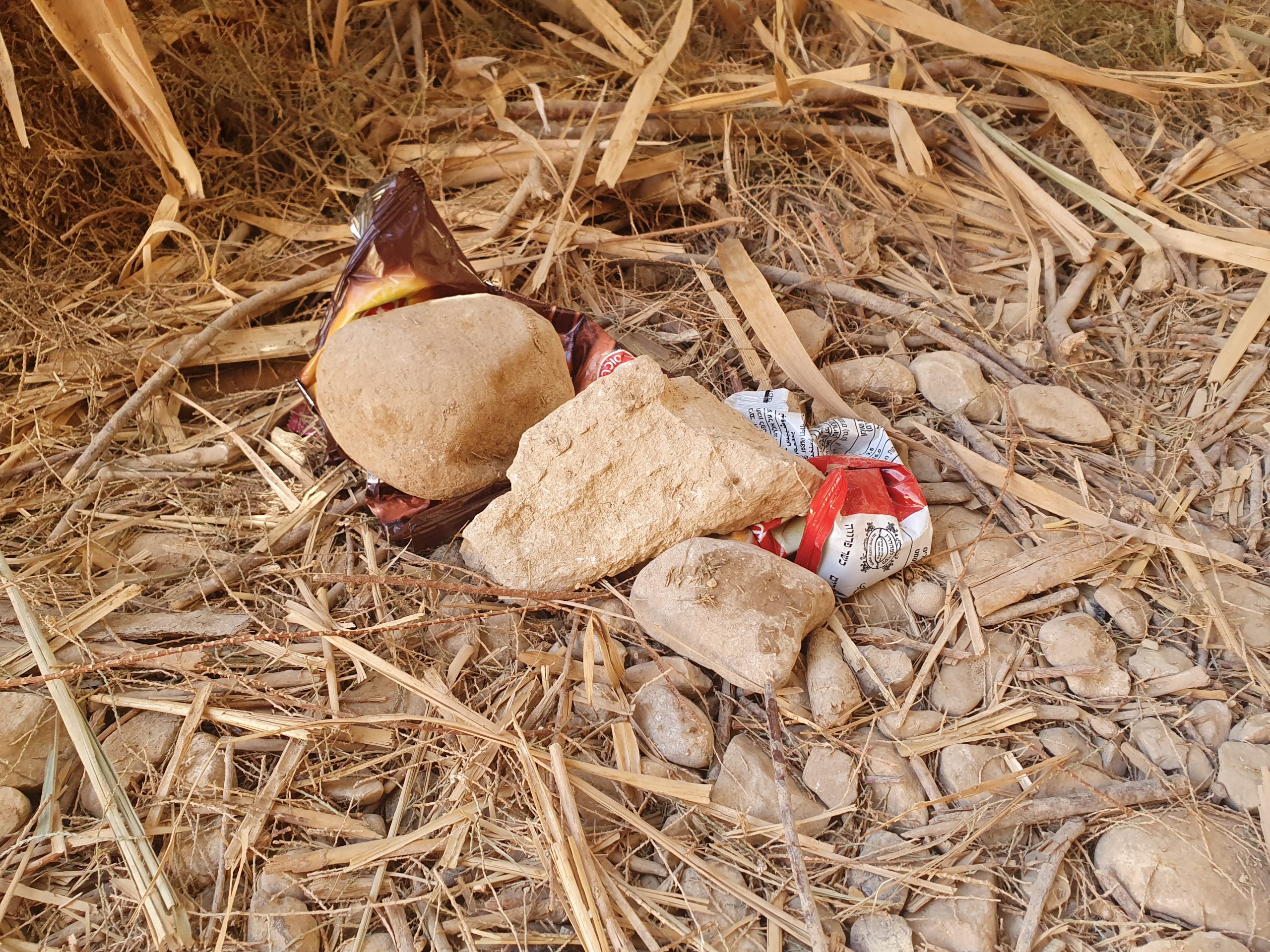Lag BaOmer – Cheerful Tradition and Public Danger
May 22, 2019Lag BaOmer is approaching, and many Israelis commemorate this holiday by having a big bonfire in their backyard. Unfortunately, the benign intentions of those fires may have malignant consequences
Lag BaOmer commemorates the anniversary of the death of Rabbi Shimon Bar Yochai and the enlightenment that he brought to the Jewish people in the form of his teachings. Rabbi Bar Yochai had a considerable impact on Judaism and is praised for his contribution to the formation of the mystical Kabbalah stream of the religion. Having bonfires is one of the ancient traditions carried out during Lag BaOmer. The fires are supposed to represent the light, Rabbi Bar Yochai’s teachings have ignited in the world. The holiday takes place on the 33rd day of the Omer, which is the period between the second day of Passover and Shavuot.
While Lag BaOmer is a joyous holiday that falls in the middle of the somber Omer, every year Israel sees a dramatic increase in air pollution and accident rates. The leading cause for hospitalizations on Lag BaOmer is fire-related incidents. However, the materials burned during the celebrations such as plastic, rubber, and treated wood give off fumes that are not only harmful to the people in the vicinity of these fires but also the environment.
A day ten times more polluted
In 2016, the bonfires lit in celebration of Lag BaOmer caused many wildfires throughout Israel, including five that caused hundreds of acres of the Arazim Valley in Jerusalem to burn. Toxic particles, as well as carbon dioxide (CO2), are by-products of the fires, causing health problems and contribute to climate change, respectively. Air pollution surveys from the 2017 Lag BaOmer celebrations in the Jerusalem area showed a tenfold increase in the number of toxic particles released into the atmosphere. These particles can cause lung problems such as bronchitis and can exacerbate existing health conditions.
According to the Ministry of Health, some critical areas have seen air pollution levels of up to 18 times above the average during Lag BaOmer. In a statement issued last year by the Minister of Health Yaakov Litzman himself, he warns against a dangerous increase in particulate matter due to excessive bonfires. “Lag BaOmer bonfires can be dangerous to the environment and to public health. It is our duty to adhere to safety and environmental procedures in order to prevent unnecessary and dangerous injuries and to reduce air pollution that causes serious illness,“ Litzman says.
One bonfire instead of many small ones
The Keren Kayemeth LeIsrael – Jewish National Fund (KKL-JNF) has come up with some suggestions to reduce injuries to people as well as the environment. It is recommended to combine family or school bonfires in order to minimize the potential for accidents and environmental damage. Moreover, the fund suggests to keep a safe distance of 500 meters or more from forested areas and remove all flammable materials from the vicinity of the bonfire. Lastly, keep fires to designated areas only.
Some cities in Israel have planned certain events on Lag BaOmer aiming to steer people away from hurting the environment. For example, the municipality of Holon is offering a communal bonfire, an escape room, lantern tours, and for those who don’t want to let go of the old traditions altogether, a fire show.
In Bnei Barak, a city in the central district of Israel known for its large ultra-orthodox community, bonfires entail massive air pollution and health consequences every year. Things have gotten so out of control within this community that in 2018, signs were distributed throughout the city pleading with the residents not to burn gasoline, tires, couches or plastic bags.
In this context, an environmental advocacy group named “Haredim L’Sviva” (ultra-orthodox Jews for the environment), in an attempt to raise ecological awareness among ultra-orthodox communities, has introduced new ideas such as lighting small oil lamps instead of massive bonfires in honor of the holiday. Although the organization has acknowledged that the bonfires are a too important tradition for many of the religious people, their efforts may help to curb some of the most damaging practices like the burning of toxic substances.
Every year, the Ministry of Environmental Protection, as well as the Ministry of Health, publish guidelines and recommendations on how to stay safe on Lag BaOmer and ways to celebrate the holiday in a more eco-friendly fashion.
First and foremost, everyone should refrain from burning hazardous materials such as plastic, rubber, or Styrofoam. Moreover, people should clear the area around the fire and build borders from stones and bricks to prevent the flames from spreading uncontrollably.
Most importantly, both ministries also suggest that people come together and celebrate Lag BaOmer in bigger groups with one bonfire, and thereby reducing potential harm to health and the environment instead of having many smaller groups lighting lots of individual fires. Like many environmental and health problems, prevention is more effective and less costly than mitigation.
This ZAVIT article was also published in The Jewish Journal on 05/22/2019.







